Winding its way through the heart of Boston, the Freedom Trail stands as a living testament to the indomitable spirit that birthed the United States.
Established in 1951, this 2.5-mile red-bricked path is more than a mere trail; it is a journey through time, weaving together the pivotal moments that shaped the nation’s history.
Lined with iconic landmarks, each with its tale of rebellion, resilience, and revolution, the Boston Freedom Trail history as a pilgrimage for those seeking to immerse themselves in the very crucible where the ideals of liberty were forged.
Join us on a virtual stroll through this historical odyssey, where the bricks beneath your feet echo the footsteps of visionaries who paved the way for a nation’s freedom.
Boston Freedom Trail History
The Boston Freedom Trail, a red-brick path through the heart of the city, serves as a historical tapestry, weaving together pivotal moments in American history.
Established in 1951, this 2.5-mile trail invites visitors to walk in the footsteps of revolutionaries and witness firsthand the events that shaped the United States.
Let’s delve into some historical evidences along the Freedom Trail:
Massachusetts State House (1798)
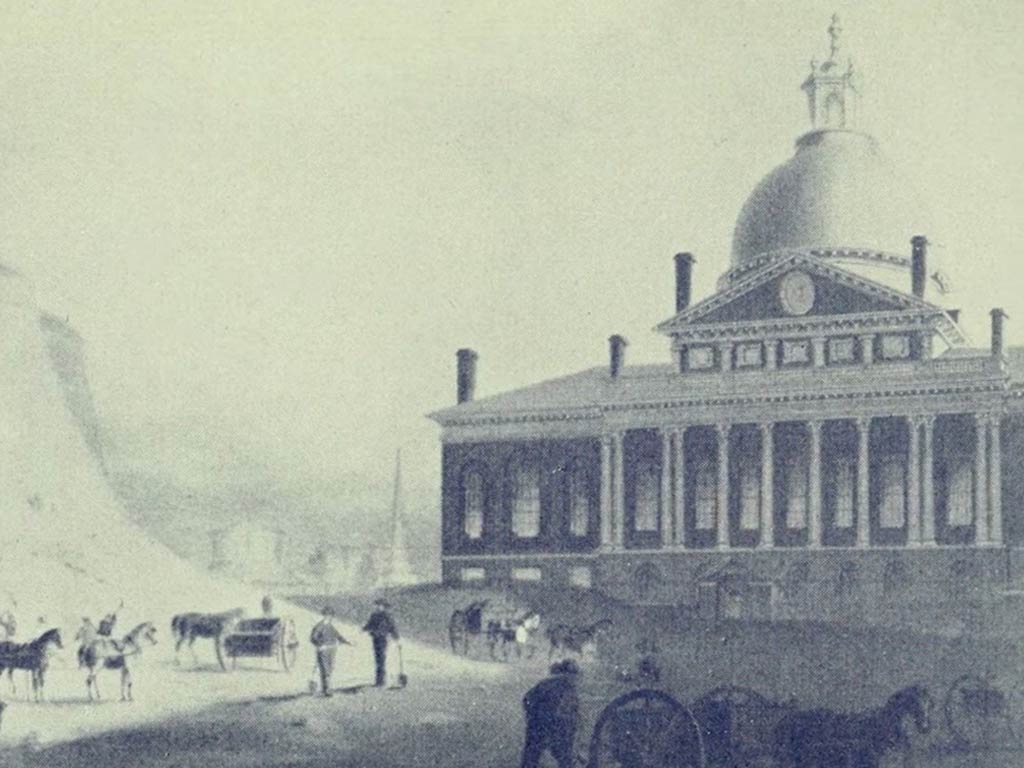
The Massachusetts State House, atop Beacon Hill, bears witness to the birth of American independence.
Built in 1798, it hosted key debates and signings, including the drafting of the Massachusetts Constitution, laying the groundwork for the principles enshrined in the nation’s founding documents.
Park Street Church (1809)
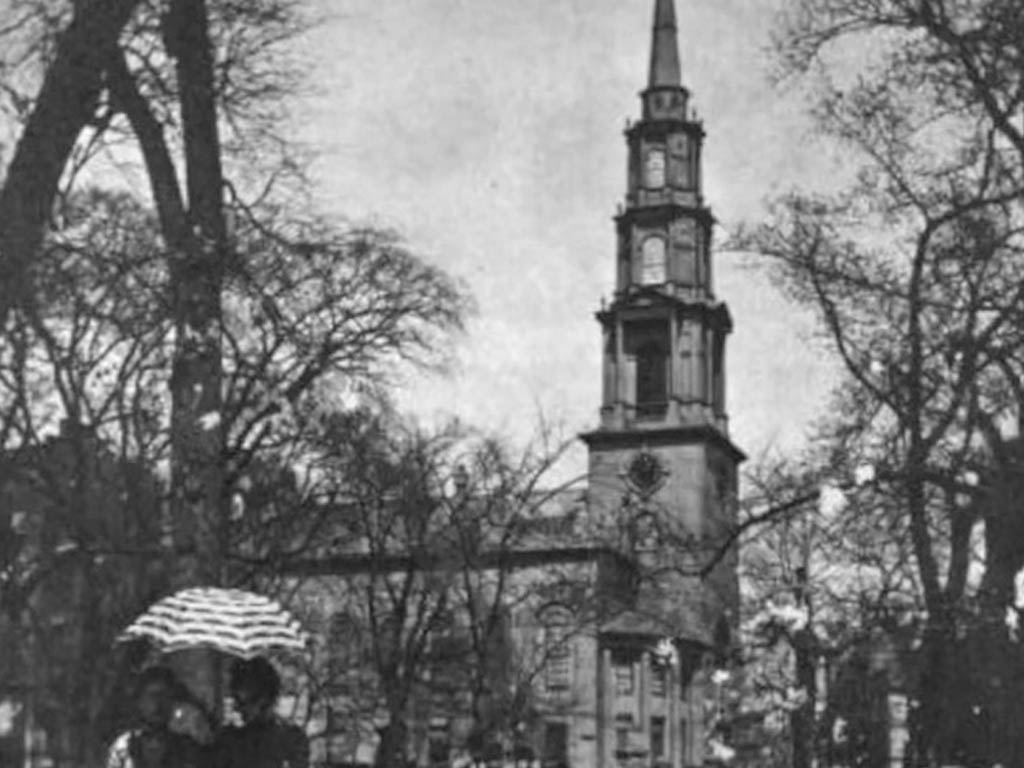
Established in 1809, Park Street Church is where the anthem “My Country, ‘Tis of Thee” resounded for the first time.
This historic site echoed with abolitionist fervor, and its steeple provided a vantage point for witnessing significant events, embodying the intertwined narratives of faith, freedom, and social change.
Granary Burying Ground (1660)
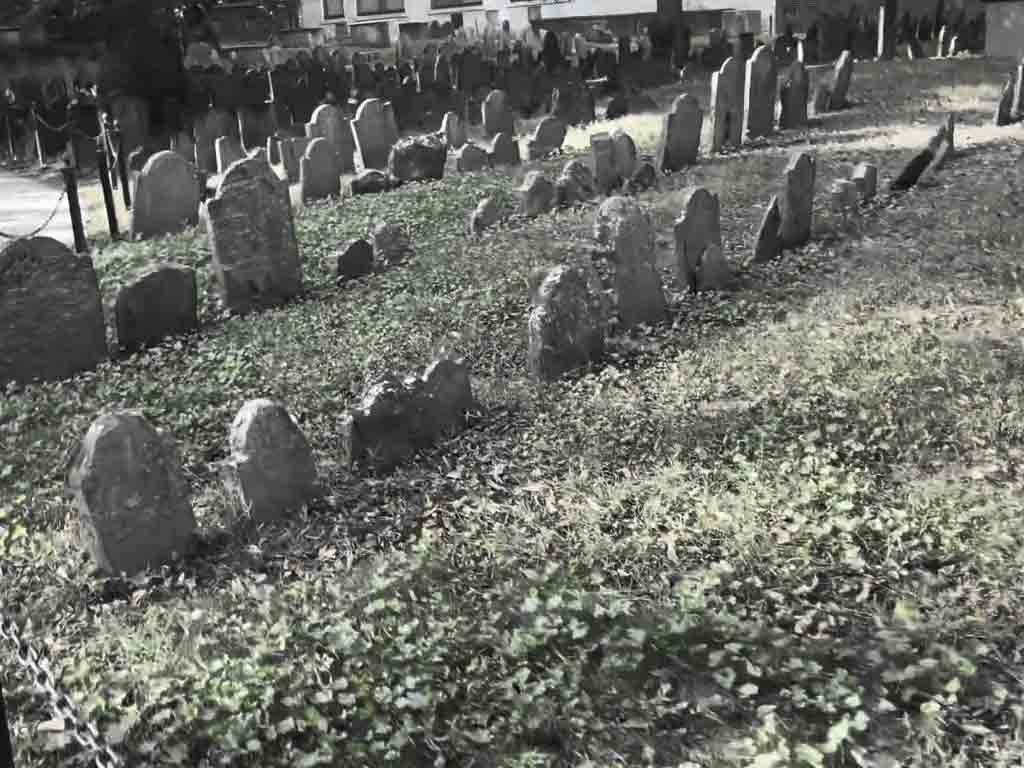
Dating back to 1660, the Granary Burying Ground is the final resting place of notable figures like John Hancock, Paul Revere, and Samuel Adams.
The tombstones stand as silent witnesses to the Revolutionary era, connecting visitors to the individuals who played pivotal roles in shaping the nation.
Old North Church (1723)
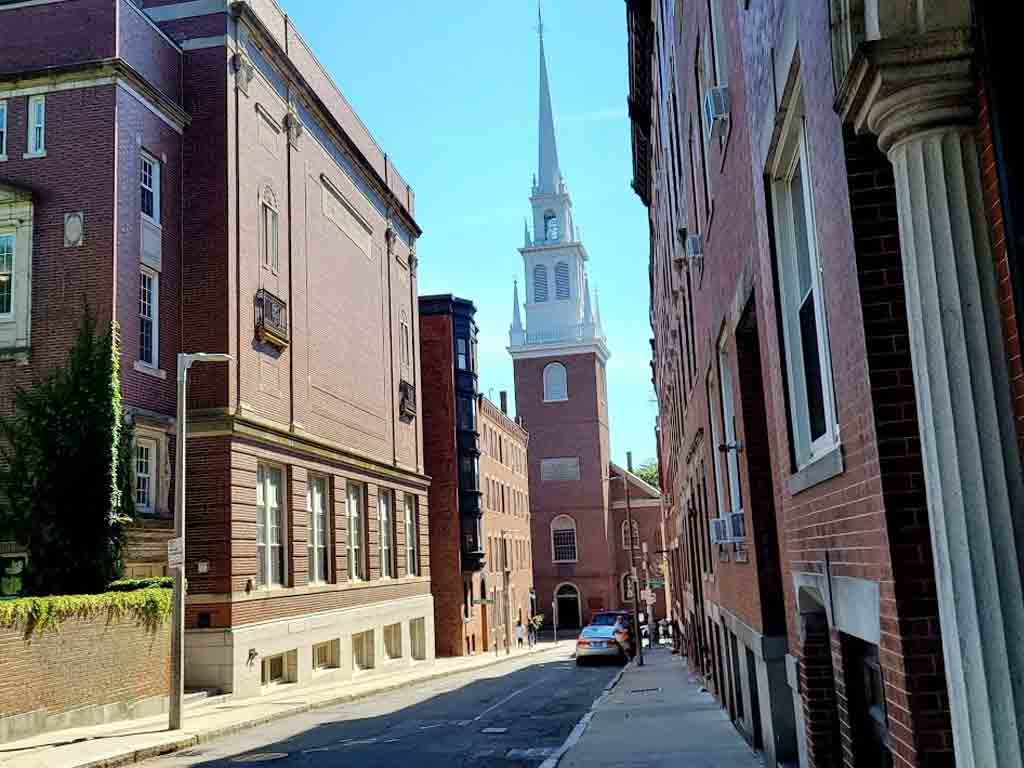
The Old North Church, dating to 1723, is famed for its role in Paul Revere’s Midnight Ride. Steeped in history, this church ignited the spark of the American Revolution by signaling lanterns from its steeple, marking the beginning of a journey toward independence.
USS Constitution Museum (1972)
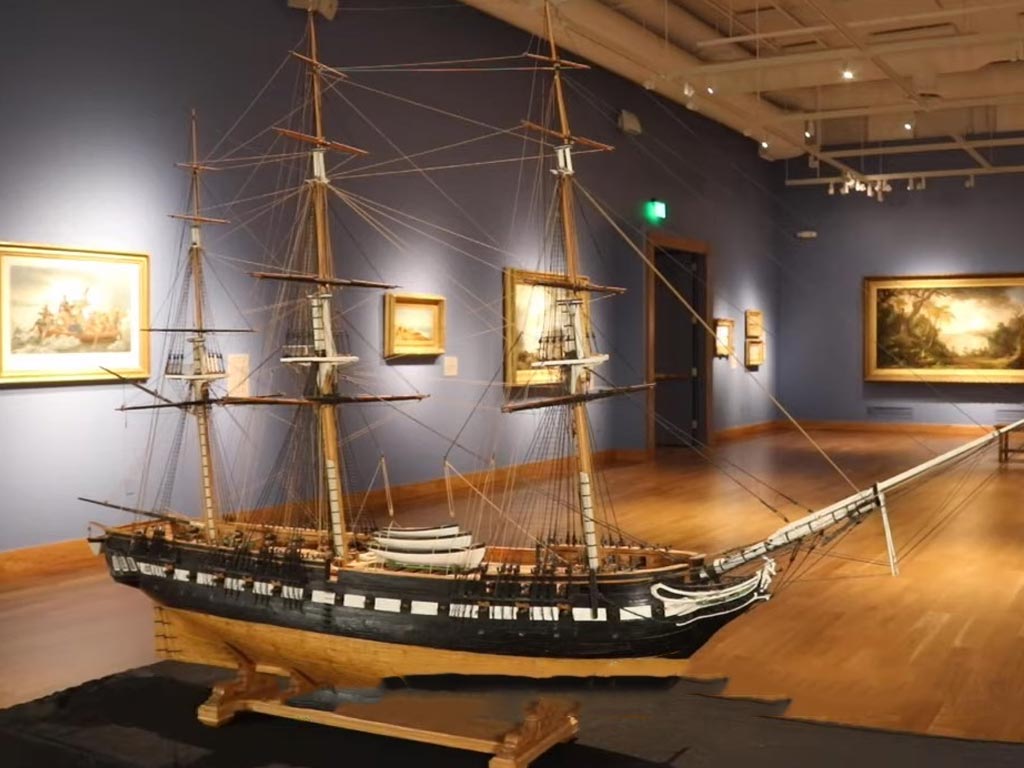
While the USS Constitution itself predates the establishment of the Freedom Trail, the USS Constitution Museum, founded in 1972, provides a captivating window into the naval history of the early United States.
This museum serves as a living testament to the resilience and strategic significance of America’s oldest commissioned warship.
Old South Meeting House (1729)
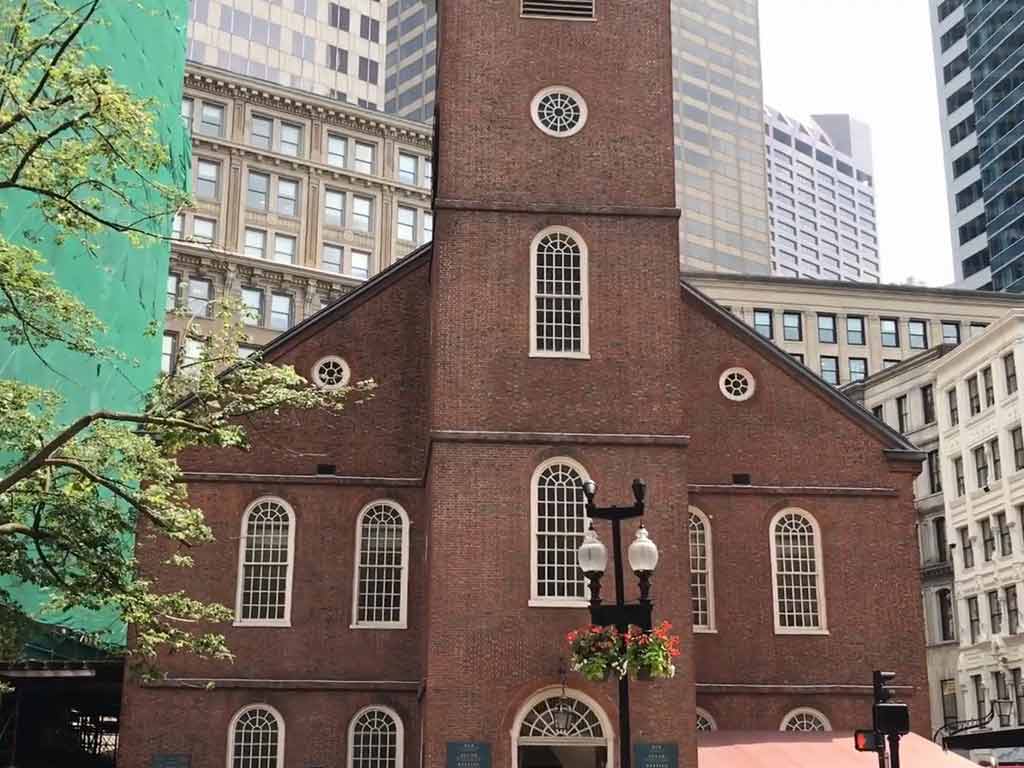
Constructed in 1729, the Old South Meeting House echoes the impassioned voices that sparked the Boston Tea Party.
This historic venue was the gathering place where colonists convened to debate and protest British policies, shaping the course of resistance that led to the American Revolution.
Faneuil Hall (1742)
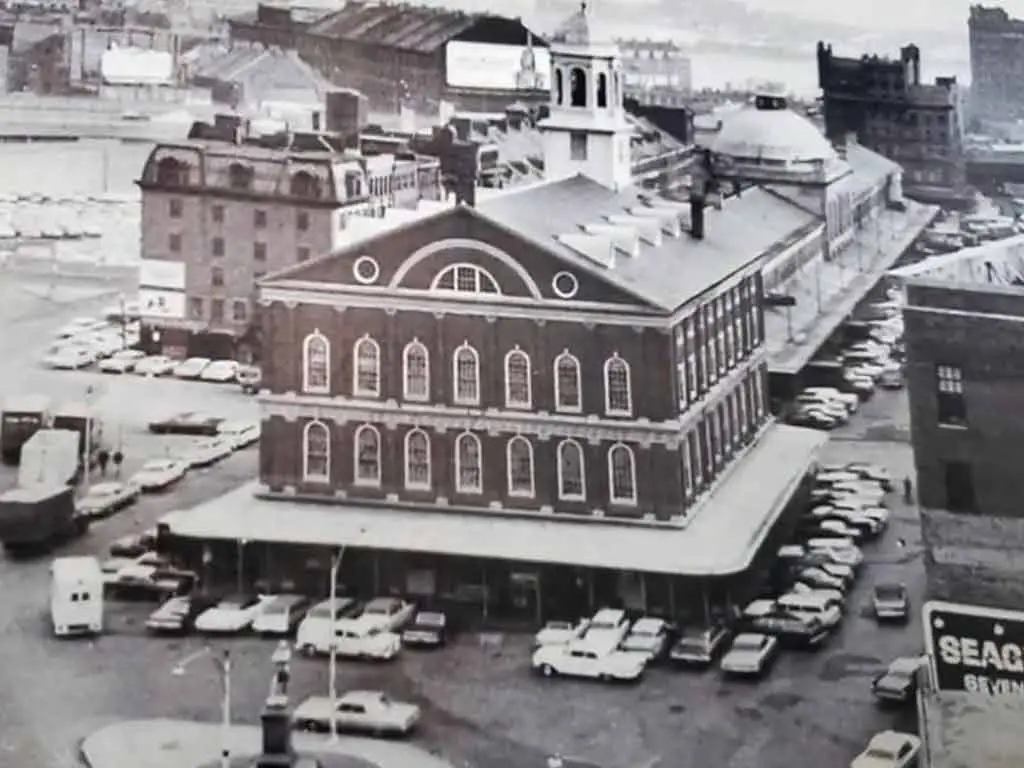
Faneuil Hall, erected in 1742, stands as a testament to the spirit of civic engagement. Often referred to as the “Cradle of Liberty,” this marketplace became a forum for impassioned speeches advocating for independence, making it an iconic symbol of American democracy.
Paul Revere’s House (1680)
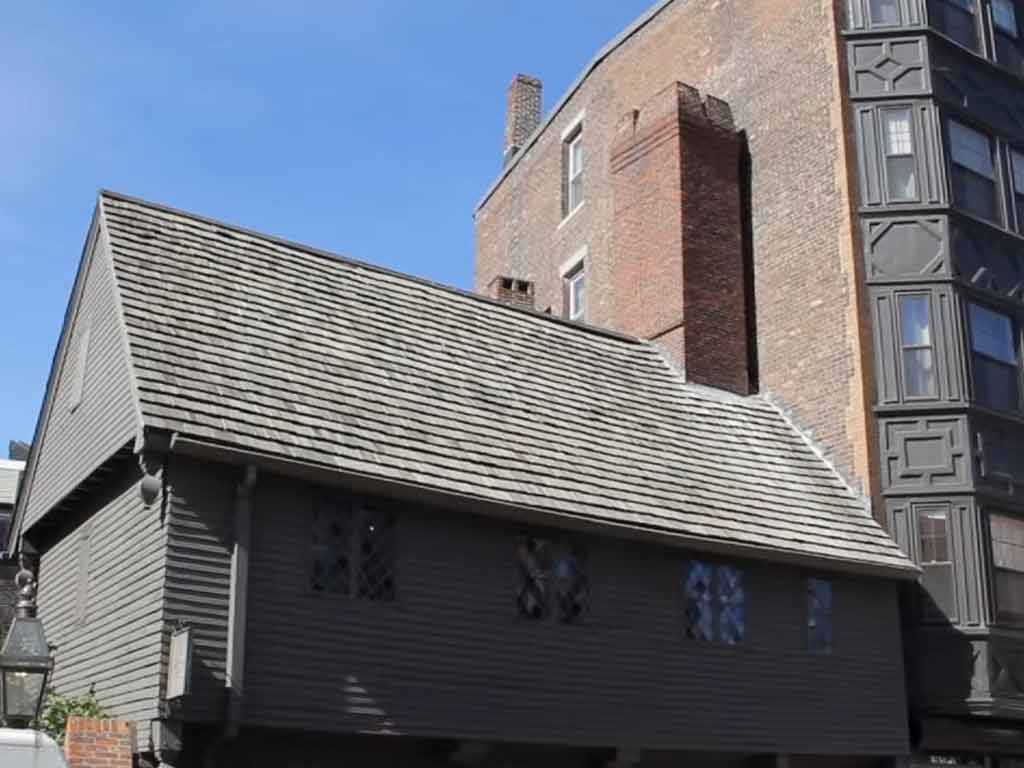
Paul Revere’s House, built in 1680, is a living relic of early American life. The residence of the famous patriot, silversmith, and midnight rider allows visitors a glimpse into the domestic context of revolutionary figures, enriching the understanding of their multifaceted roles.
Bunker Hill Monument (1842)
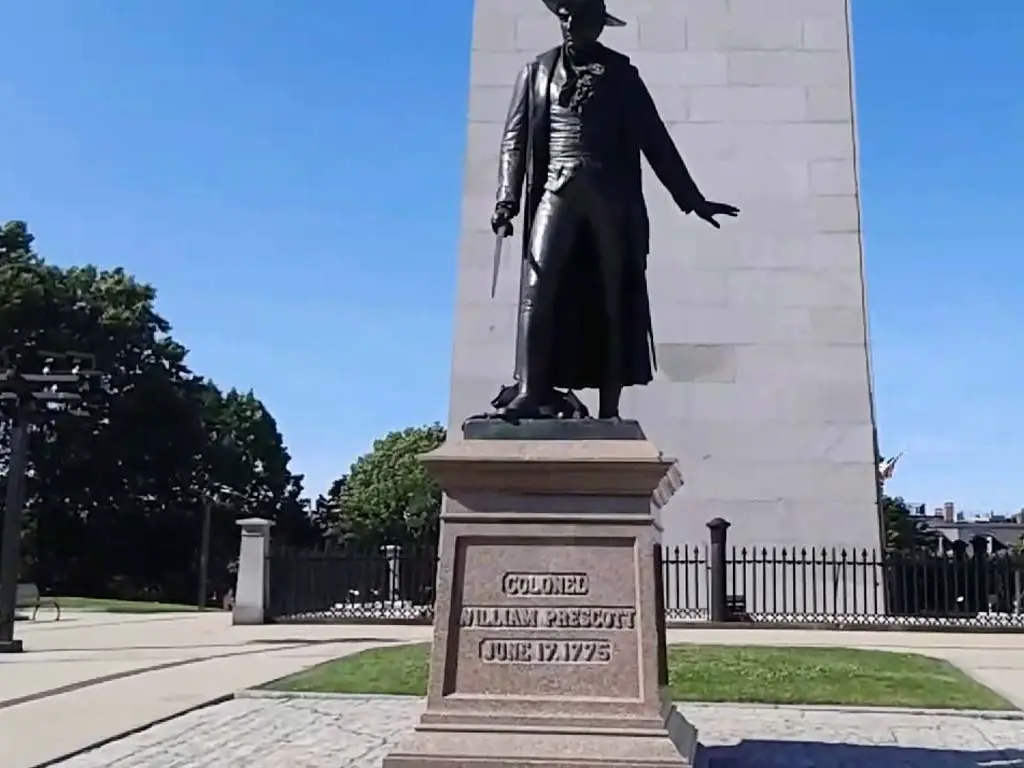
The Bunker Hill Monument, completed in 1842, commemorates the Battle of Bunker Hill—a pivotal moment in the American Revolutionary War.
Climbing the monument offers panoramic views of Boston, serving as a poignant reminder of the sacrifices made for liberty.
African Meeting House (1806)
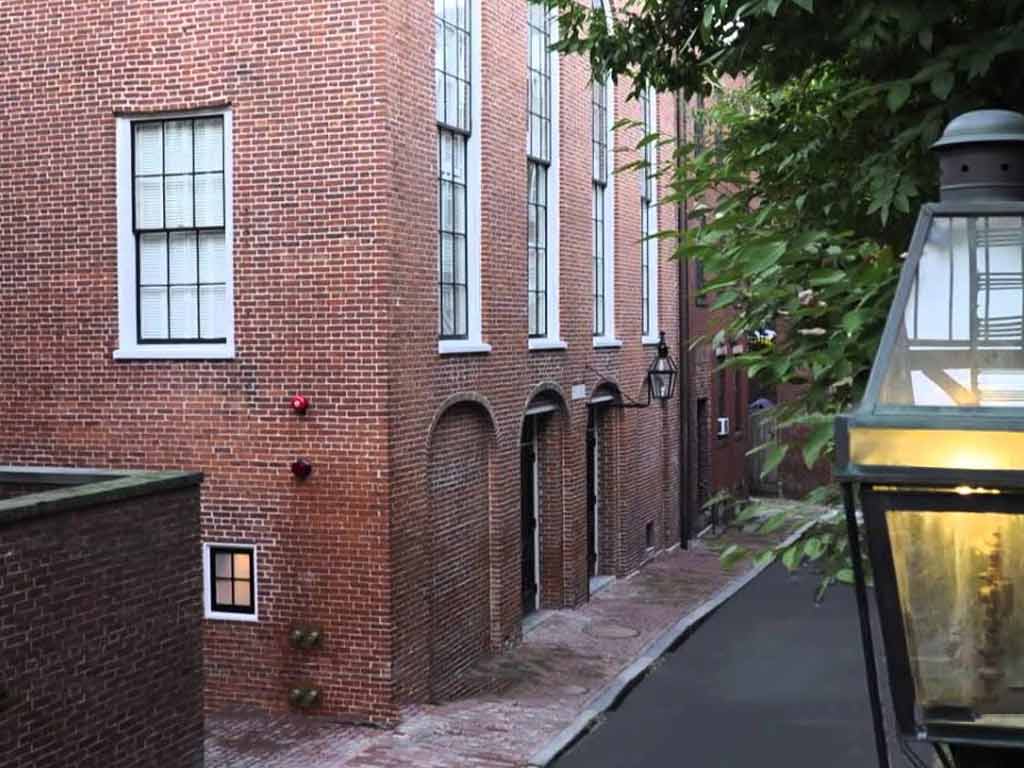
Constructed in 1806, the African Meeting House on Beacon Hill stands as one of the oldest black churches in the United States.
A symbol of resilience and community, it became a gathering place for abolitionists and activists, emphasizing the intersection of the fight against slavery and the struggle for liberty.
Benjamin Franklin Statue at the Old City Hall (1856)
The Benjamin Franklin Statue, erected in 1856, pays tribute to one of America’s founding fathers. Positioned near the Old City Hall, this bronze statue commemorates Franklin’s contributions to the nation’s ideals of self-governance and intellectual curiosity.
Old Corner Bookstore (1718)
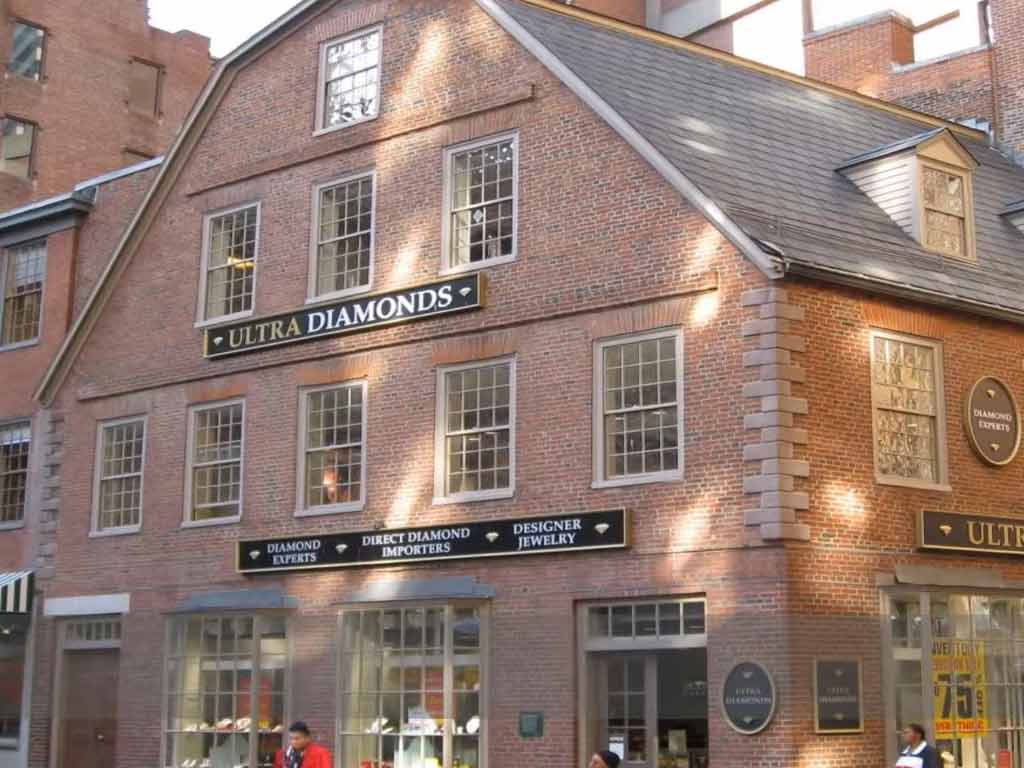
Dating back to 1718, the Old Corner Bookstore is a literary landmark that once housed the Ticknor and Fields publishing company.
This historic site served as a gathering place for notable authors, including Nathaniel Hawthorne and Henry Wadsworth Longfellow, who contributed to Boston’s literary legacy.
Massachusetts Historical Society (1791)
Founded in 1791, the Massachusetts Historical Society holds a treasure trove of documents and artifacts that chronicle the nation’s history.
As the oldest historical society in the United States, it serves as a repository of primary sources, offering invaluable insights into the revolutionary past.
King’s Chapel Burying Ground (1630)
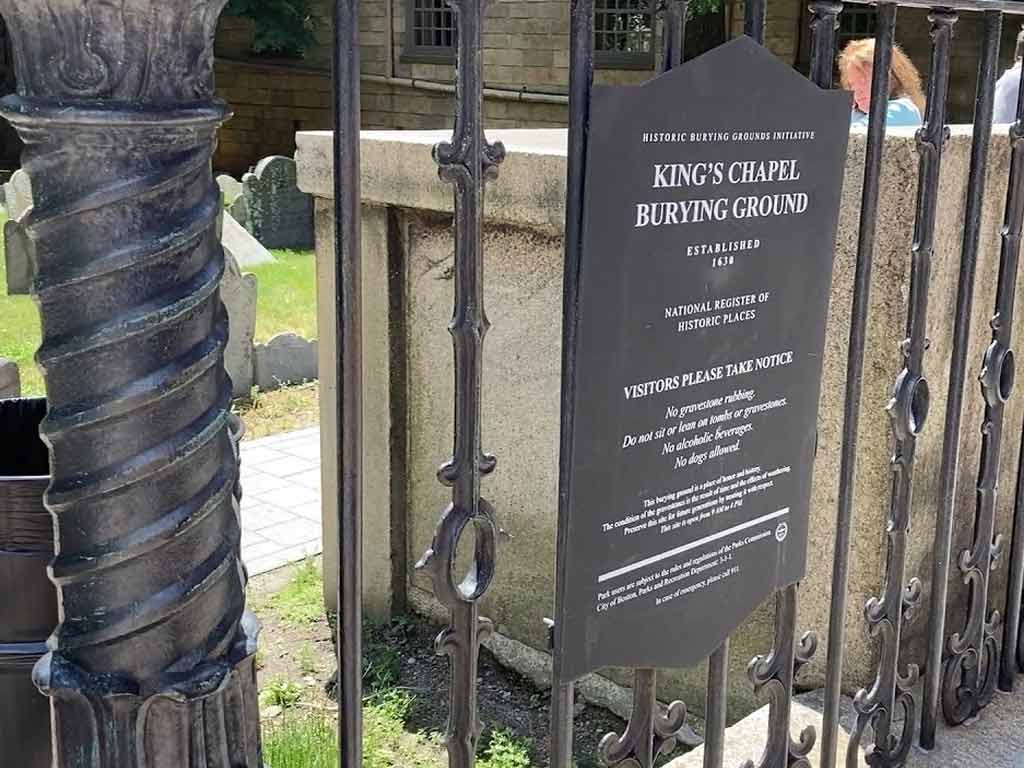
Established in 1630, King’s Chapel Burying Ground is one of Boston’s oldest cemeteries. Amidst centuries-old gravestones, lies the final resting place of influential figures like John Winthrop. This burial ground encapsulates the rich history of Boston’s early colonial period.
Robert Gould Shaw Memorial (1897)
The Robert Gould Shaw Memorial, unveiled in 1897, honors the courage of the 54th Massachusetts Regiment a unit of African American soldiers during the Civil War.
Located across from the Massachusetts State House, this poignant monument commemorates their bravery and the fight for equality.
What Does The Freedom Trail Symbolize?
The Boston Freedom Trail, established in 1951, is not merely a physical pathway; it is a symbol of America’s indomitable spirit and the crucible where the nation’s ideals were forged.
Let’s explore some symbolic aspects encapsulated by the Freedom Trail:
Revolutionary Resilience
The red-bricked pavement underfoot serves as a tangible reminder of the resilience of the American people.
Symbolizing the bloodshed during the struggle for independence, the bricks connect visitors to the sacrifices made and the unwavering determination that birthed a new nation.
Liberty’s Beacon
The Massachusetts State House, situated along the trail, symbolizes a beacon of liberty. Its golden dome, often referred to as the “Sacred Cod,” stands as a visual reminder of the pursuit of freedom and the enduring values enshrined in the state’s constitution, casting a radiant glow over the city.
Architectural Tapestry of Freedom
The diverse architectural styles along the trail symbolize the tapestry of freedom. From the Georgian-style Old State House to the Victorian-era Park Street Church, each structure represents a different epoch in American history, illustrating the nation’s evolution and its commitment to embracing change while preserving its heritage.
People’s Power
Faneuil Hall, known as the “Cradle of Liberty,” symbolizes the power of the people. This marketplace, where impassioned speeches advocating for independence echoed, stands as a testament to the influence of civic engagement in shaping the nation’s destiny.
Faneuil Hall embodies the democratic ideals that resonate throughout American history.
Educational Empowerment
The Freedom Trail symbolizes educational empowerment, inviting visitors to engage with history profoundly. Museums, interactive exhibits, and knowledgeable guides along the trail encourage a deeper understanding of the nation’s past.
This emphasis on education becomes a symbol of enlightenment and the power of knowledge in preserving freedom.
In essence, the Boston Freedom Trail is not just a physical route through historic sites; it is a symbolic pilgrimage, inviting all who traverse it to connect with the essence of American identity a journey through the heart of a nation’s quest for liberty.
FAQs
When was the Freedom Trail established?
Established in 1951, the trail was conceived to preserve and share Boston’s rich history, offering a tangible journey through key locations associated with the nation’s quest for independence.
How long does it take to complete the trail?
The duration varies, but visitors typically spend around 2-3 hours exploring the trail, allowing ample time to absorb the historical significance of each site.
Are guided tours available?
Yes, guided tours led by knowledgeable historians provide in-depth insights into the history, stories, and significance of the sites along the Freedom Trail.
What are some iconic landmarks along the trail?
Landmarks include the Massachusetts State House, Old North Church, Faneuil Hall, and the USS Constitution, each holding unique historical significance in the American narrative.
Can I access the Freedom Trail for free?
Yes, the trail is open to the public, and while admission to certain sites may have fees, exploring the trail itself is a free and enriching experience for history enthusiasts.
Conclusion
As we conclude our exploration of the Boston Freedom Trail history, the red bricks remain imprinted with the echoes of a revolutionary past.
This trail, established over half a century ago, transcends its physical presence, symbolizing the enduring values that define America.
From the Massachusetts State House’s golden dome to the solemn Granary Burying Ground, the trail unravels stories of courage, unity, and the relentless pursuit of liberty.
In tracing this historical tapestry, we find not just the footsteps of the past but a guide for the future a reminder that the spirit of freedom, ignited along this trail, continues to illuminate the path toward a more inclusive and just society.
Jaclyn Lowe